The construction of production facilities, particularly under the Engineering, Procurement, and Construction (EPC) model, involves complex processes where design engineering and risk management play pivotal roles. These elements are crucial in ensuring the efficiency, safety, and success of the project in Serbia.
Understanding EPC Construction
– Overview: EPC contracts encompass the entire process of engineering, procurement, and construction, offering a turnkey solution for production facility projects.
– Significance: This approach streamlines project management, providing a single point of responsibility for the entire construction process.
The Role of Design Engineering
– Foundation of the Project: Design engineering is the blueprint phase where technical specifications, layouts, and systems integration are conceptualized.
– Innovation and Efficiency: Effective design engineering introduces innovative solutions and optimizes the use of resources, significantly impacting the facility’s operational efficiency.
Risk Management in EPC Projects
– Identifying Risks: Risk management starts with identifying potential hazards and challenges, ranging from financial risks to environmental and safety concerns.
– Mitigation Strategies: Once identified, these risks are addressed through strategic planning, resource allocation, and contingency plans.
Integration of Design Engineering and Risk Management
– Holistic Approach: Integrating risk management with design engineering ensures that potential risks are considered during the design phase, leading to safer and more efficient construction processes.
– Cost and Time Efficiency: This integration helps in minimizing delays and cost overruns, critical factors in the success of EPC projects.
Case Studies and Real-World Examples
– Success Stories: Examples of EPC projects where effective design engineering and risk management led to successful completion.
– Lessons Learned: Analyses of projects where lack of integration between these elements resulted in challenges, serving as valuable lessons for future projects.
The Impact on Production Facilities
– Operational Excellence: Well-designed and risk-managed projects lead to production facilities that are operationally efficient, safe, and environmentally compliant.
– Long-term Benefits: These facilities tend to have lower maintenance costs, higher productivity, and longer operational lifespans.
Future Trends and Developments
– Technological Advancements: Emerging technologies like AI and IoT in design engineering and risk assessment.
– Sustainable Practices: Incorporating sustainable and green practices in the EPC construction of production facilities.
Design engineering and risk management are not just individual components but interlinked processes that define the success of EPC construction projects. Their integration is essential in building production facilities that are not only economically viable but also safe, efficient, and sustainable. As the industry evolves, the continued focus on these aspects will be crucial in meeting the challenges of modern construction requirements.
